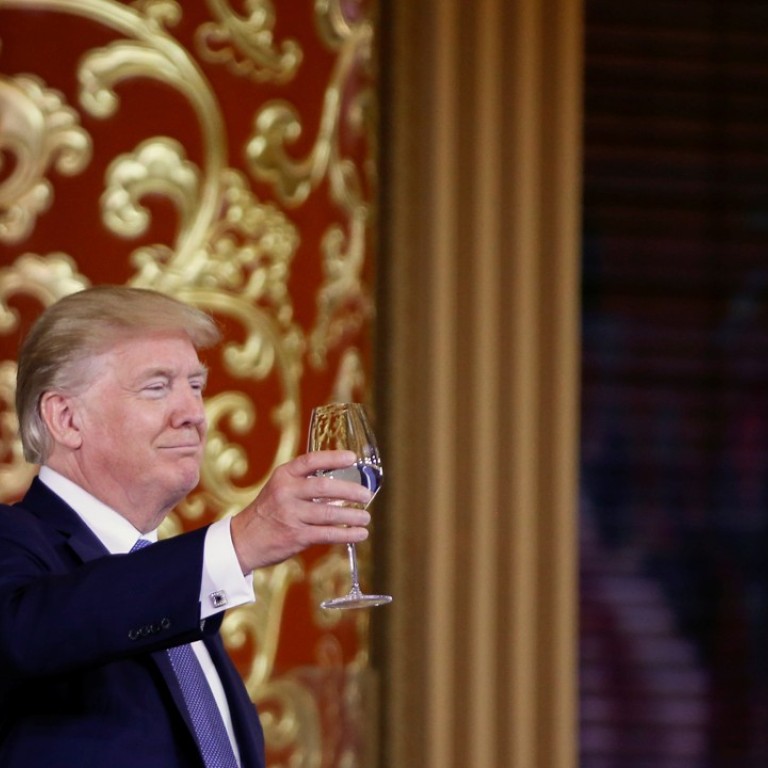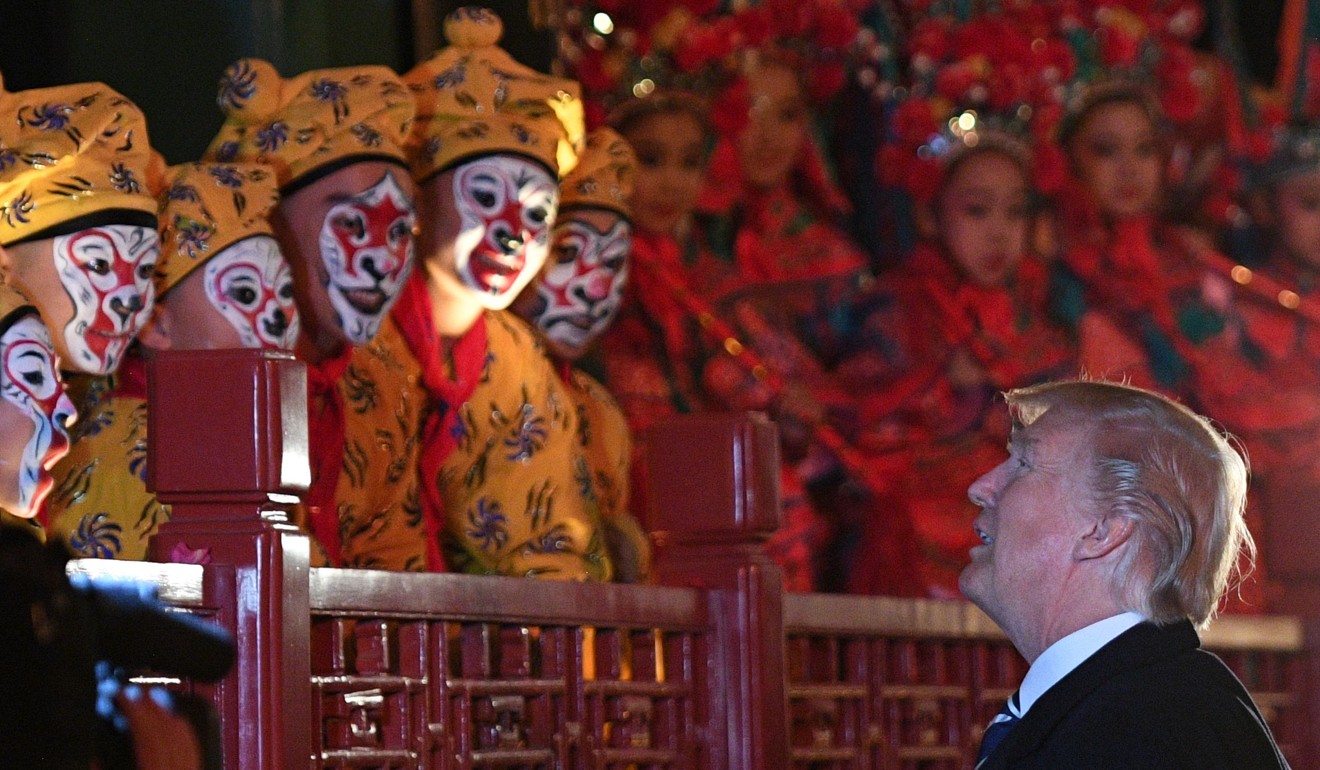
China’s trade gap with US nears record level despite Trump’s call for action
US President’s frequent complaints appear to have made little difference to imbalance between world’s two biggest economies
China’s trade surplus with the US widened to the second highest total on record, according to Chinese customs data released on Friday.
The trade gap between the world’s two largest economies has been a frequent cause of complaint for US President Donald Trump, who visited China last month.
The surplus recorded in the first 11 months of this year has already surpassed the total for the whole of 2016, according to the data released from China’s General Administration of Customs.

China’s data was released at time when Washington is stepping up its pressure on Beijing to narrow the trade gap.
The US last week told the World Trade Organisation it opposed giving China market economy status, a move that will make Chinese products more vulnerable in anti-dumping cases.
The US has also launched an anti-dumping investigation into Chinese aluminium – the first time the US has taken such an action against a trading partner since 1991.
Trump claimed he would implement a variety of measures against Chinese imports during his election campaign, including threats to label China as a currency manipulator and impose blanket tariffs over Chinese products. Few of the threats materialised after he entered the White House.
Instead, China and US start a 100-day process to address the trade imbalance after Trump met his Chinese counterpart Xi Jinping in Florida in April, and Beijing promised to buy more from the US.
During Trump’s visit to Beijing last month, he and Xi witnessed a signing ceremony for deals with a combined price tag of US$253 billion.
According to Beijing’s account books, China’s trade surplus with US in the first 11 months of this year reached US$251.3 billion, compared with US$250.7 billion in the whole of 2016.
The US side’s estimate of trade gap with China is higher than Beijing’s, although it has yet to release its figures for the past month. The US calculates its trade deficit with China was US$347 billion for 2016.

Louis Kuijs, head of Asia Economics at Oxford Economics in Hong Kong, wrote in a briefing note that US data indicated its trade deficit with China would rise to US$370 billion this year.
As a result, China’s “continued strength in exports to the US may add to US-China trade tensions” and post downside risks to China’s overall export performance in 2018, Kuijs noted.
China’s customs data showed its overall trade surplus in November was US$40.2 billion, bringing the total for the year so far to US$376 billion.
Ni Feng, deputy director of the Institute of American Studies at the Chinese Academy of Social Sciences, said Trump was less concerned about geopolitics or ideology than many of his predecessors.
“He pays more attention to gaining economic benefits, which will be the major challenge for China,” he told a symposium organised by the Centre for China and Globalisation in Beijing on Thursday.
Julian Evans-Pritchard, an economist for Capital Economics in Singapore, warned of more friction between the world’s two largest economies next year as Trump’s priority shifted towards foreign policy.
“Particularly in the run-up to the mid-term US elections, Trump will re-appeal to his base, which probably means taking tough action on China.”

